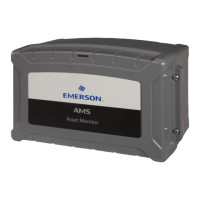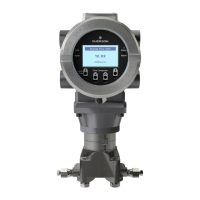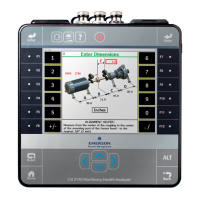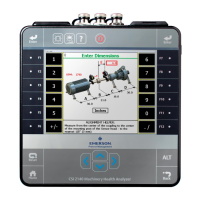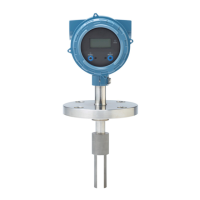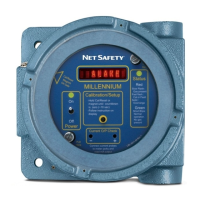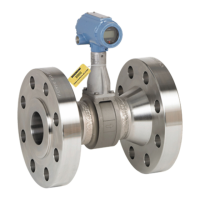Section 5847 User Instructions
Issue AL, July 24, 2006 Spec. Nos. 586505000 and 5865055000 (Model LMS1000)
Page 2-14 Chapter 2. Operating LMS1000
This document is property of Emerson Network Power, Energy Systems, North America, Inc. and contains confidential and proprietary information owned by Emerson Network Power, Energy
Systems, North America, Inc. Any copying, use, or disclosure of it without the written permission of Emerson Network Power, Energy Systems, North America, Inc. is strictly prohibited.
USING THE TL1/X.25 PORT
(IF TL1/X.25 SOFTWARE OPTION IS INSTALLED)
When the TL1/X.25 software option is installed, the system supports the TL1 commands
and messages listed in the Commands Chapter. The Access Identifiers and some
parameters used in the TL1 commands and messages are user programmable. The
parameters are configured as part of the channel configuration. Channels are grouped
under an Access Identifier using the SET AID and AID commands. These commands
are detailed in the Commands Chapter.
Generation of TL1 Autonomous messages is enabled through configuration of a user
(with the SET USER command).
A feature is provided to disable the use of a separator character (AID delimiter) between
the system access identifier field and system sub-access identifier field in all command
responses and autonomous messages which might contain a TL1 access identifier in the
response. This feature does NOT affect the format of TL1 commands sent to the system.
When entering TL1 commands in the system, the system sub-access identifier must
always be separated from the system access identifier (making up the TL1 access
identifier) by a hyphen.
The TL1/X.25 network is connected via a network device to the TL1/X.25 port. The
TL1/X.25 port provides an RS-232 connection with asynchronous ASCII text output. A
network device is required to convert the output to an X.25 packetized format. The
TL1/X.25 feature provides for only the 'direct' mode of operation between the system and
a network interface device (commonly a PAD). TL1 operating parameters are set using
the SET MODE and MODE commands. These commands are detailed in the
Commands Chapter.
The "direct" mode assumes that a link to the X.25 network link is always present. The
sending and receiving of messages occurs without initiating a network connection (as
with a Permanent Virtual Circuit). A handshake line is available to indicate to the System
when a network connection has been lost. The LMS1000 uses the Clear to Send (CTS)
handshake line.
If necessary, the output from the TL1/X.25 port can be inhibited using the port's
handshake input. The system will not send any messages while the handshake input is
inactive. Messages which are pending at the time or after the handshake input becomes
inactive will be sent when the handshake input is returned to the active state.
It is beyond the scope of this manual to provide operational instructions for an NMA
system and TL1 commands. Refer to the NMA system documentation and the
appropriate Bellcore publications for operational instructions.
USING THE TL1 PORT
(IF TL1 [OVER ETHERNET] SOFTWARE OPTION IS INSTALLED)
Refer to the previous section titled USING THE TL1/X.25 PORT. Only difference is TL1
support is provided via the LMS Ethernet port.
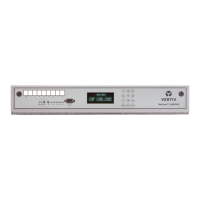
